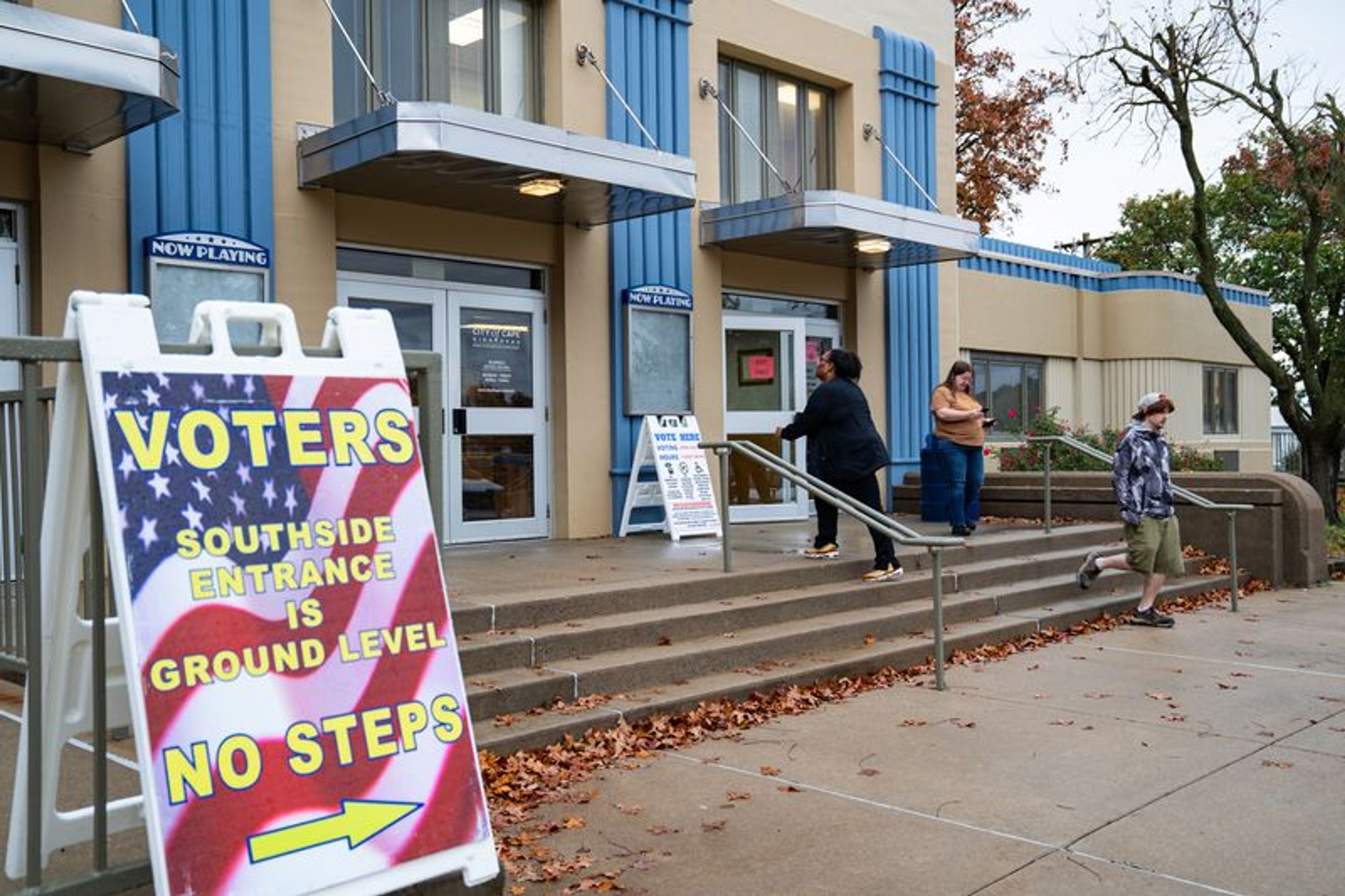Spring storms are hard on trees; here's how to take care of them
A strong spring wind blew as I walked to the bus stop to meet my son. I congratulated myself for making sure we had our trees pruned of deadwood last year. I've learned the hard way that dead limbs will fall. Where we used to live, a huge elm tree dropped a limb on my car ... twice. (Note to self: Stop parking beneath questionable trees.)...
A strong spring wind blew as I walked to the bus stop to meet my son. I congratulated myself for making sure we had our trees pruned of deadwood last year. I've learned the hard way that dead limbs will fall. Where we used to live, a huge elm tree dropped a limb on my car ... twice. (Note to self: Stop parking beneath questionable trees.)
When we returned from the bus stop, I learned that a tree had fallen on our neighbor's shed. We live on a street that dead-ends into a park.
"Did it fall from the park side?" I asked.
"No, this is your tree."
What? Sure enough, there was a hackberry tree just inside our property line that we had no idea was ours. But dead limbs were not the reason this one had split. Our hackberry had what was called a "failed union." It had split where a large branch met the trunk.
Hackberry trees are native to North America and because of this, Andy Mars, Certified Arborist for Limbwalker Tree Service in Louisville, Kentucky, calls them "chain link specialists," meaning their locations tend to not be ideal because they'll "grow in spaces we didn't plan for a tree." People usually don't plant hackberries as a landscape tree. I like to call these "volunteer trees." They grow where nature plants them and they usually mature into an adult tree in those neglected or overlooked spaces. This was the case for our hackberry.
But it's not just the volunteer trees that get into trouble when the spring wind blows. Mars says, "In the spring season you'll see a lot of flowering and fruiting species fail because they're blooming right now." Cherry, Bradford pear and magnolia species are examples of trees susceptible to spring storms when they begin to flower. Combine a wet spring with flowering trees and high winds and you have the perfect storm.
Many of these ornamental trees are human-planted and can be suspect to girdling roots. Girdling roots is what happens when a tree is raised in a nursery contained in a pot or burlap sack, which inhibits the roots from spreading out for growth. They get tangled. Mars says if that problem isn't solved in the planting process, then over time, like 30 or 40 years down the road, the roots can cut off and suffocate the trunk.
"There's rarely one reason a tree fails," Mars says. It's a lot like human health. A variety of environmental factors influence one's overall health and ability to thrive. And just as with human health, maintenance and ongoing care are the best preventions.
I thought we had been proactive and taken care of our trees. What I failed to realize was that the hackberry tree was ours. So, Step 1 is to make sure you identify all of the trees on your property. Step two is to have their health assessed and devise a plan for their care. Not only are they your responsibility but they will repay you in ways not only good for the health of the tree but good for the health of your property and your family.
The information of how much work a tree does for you is less ambiguous than you might think. Mytree.itreetools.org can provide data specific to your tree and property, such as the carbon dioxide and air pollution it removes plus stormwater impacts. For example, an oak tree about 17 inches in diameter can intercept 1,800 gallons of water per year. That's incredible! And all you have to do is answer a couple of simple questions about your tree.
Trees also do great things for our mental health. "Forest bathing" is a thing and spending time among trees reduces stress and produces positive outcomes for our overall well-being. Trees in urban spaces can even help to reduce crime.
A newly planted sapling does not do the same work for us as a mature, healthy tree. Yes, plant more trees, we need them. But also take good care of the ones you already have. It will not just make you healthier and happier, it will also make you a good neighbor.
Connect with the Southeast Missourian Newsroom:
For corrections to this story or other insights for the editor, click here. To submit a letter to the editor, click here. To learn about the Southeast Missourian’s AI Policy, click here.









